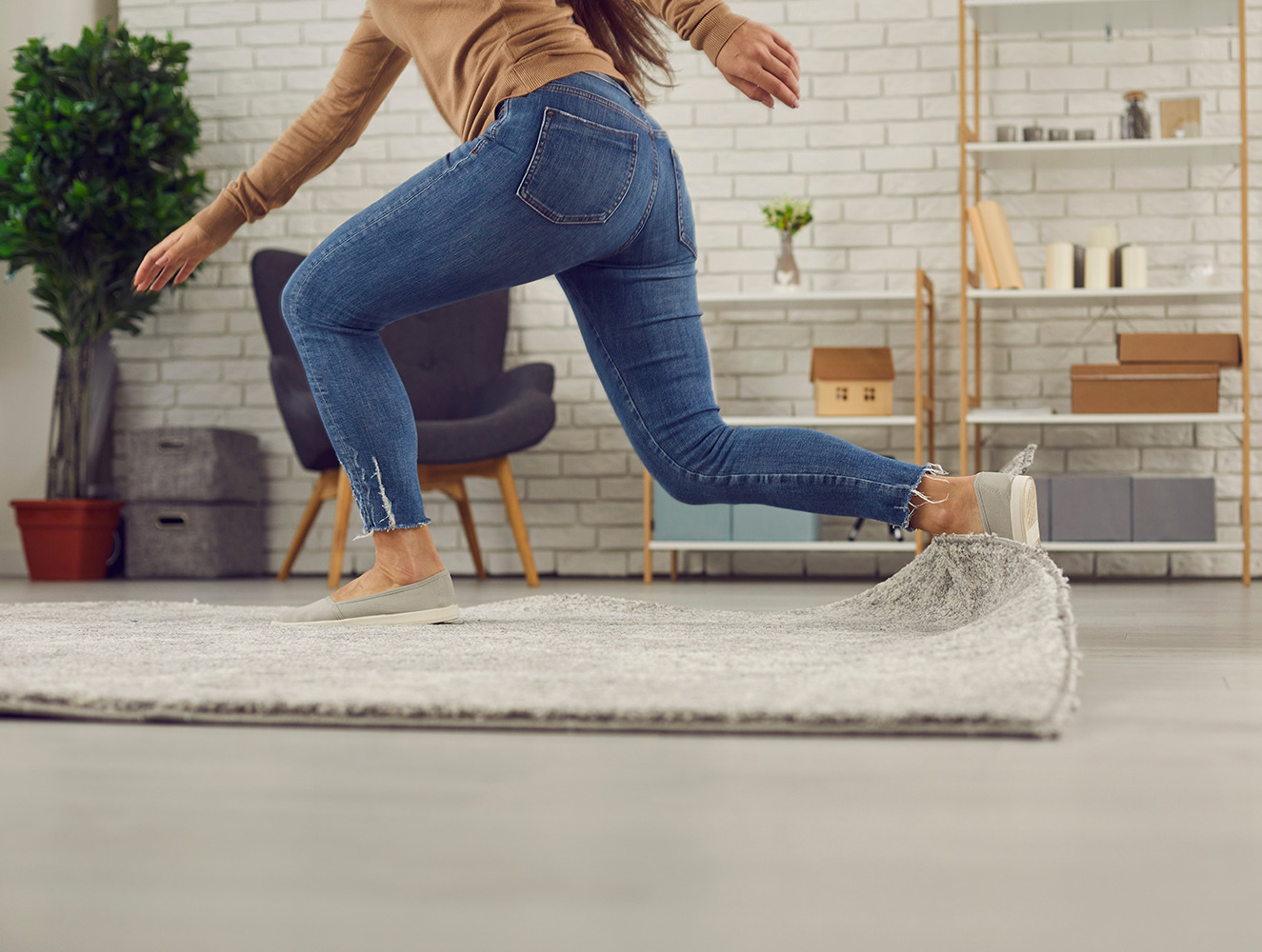
Making Home More Accessible
By David Slater, Ability Beyond’s Certified Aging in Place Specialist (CAPS)
Home. It’s where our heart is and where we feel the most comfortable and safe.
But how safe is your home, especially if you have limited mobility or any kind of disability?
I am David Slater, certified aging in place specialist with Ability Beyond, and I am passionate about helping individuals with disabilities ensure that their place of residence – whether it be a group home, private home, apartment, or wherever they may call home is easily accessible and safe.
Here are some important tips for making your home as accessible as possible:
- Eliminate area rugs to reduce one of the greatest tripping culprits in a home.
- Eliminate clutter. Decide what is necessary and put away or discard what is nice to have but not necessary to be out.
- Remove excess furniture throughout the home so that there are clear pathways throughout the home with minimal obstructions.
- Clear pathways/entrances. Cut back plants and shrubs that are encroaching on walkways and stairs.
- Increase lighting throughout the home and consider “smart switches/plugs/bulbs” so that lights come on automatically upon entering a space but can be turned off by either voice command or from a cell phone.
- Remove decorative towel bars and install grab bars in their place. Ensure this is done by a professional so that the grab bar is mounted into a stud or by using a suitable wall anchor that is rated to hold 600 lbs. of force.
- Have cordless phones strategically placed where you spend the most time or keep a cell phone or an emergency medical alarm with you at all times. Have at least one land line in the event of a power outage.
- Arrange your kitchen appliances so you can keep out those you use regularly (i.e. microwave, coffee maker, toaster) and consider putting away others that are much less frequently used (blenders, food processors, toaster ovens).
- Arrange kitchen cabinets so that the items you use daily are in drawers and cabinets that can be easily reached with minimal bending.
- Keep medication lists and emergency contact information in plain sight such as on the refrigerator or freezer doors or next to main house phone. Remember to frequently update your medication lists to keep them current!

